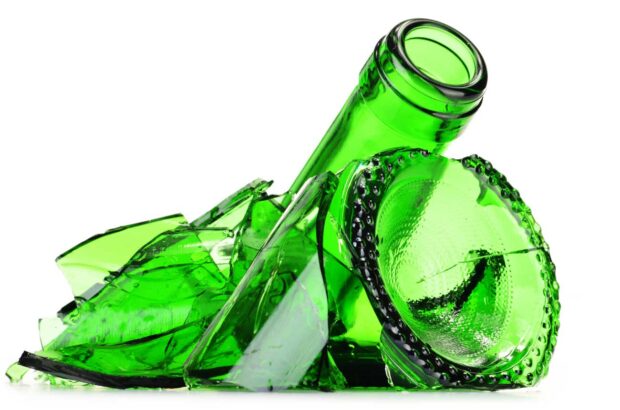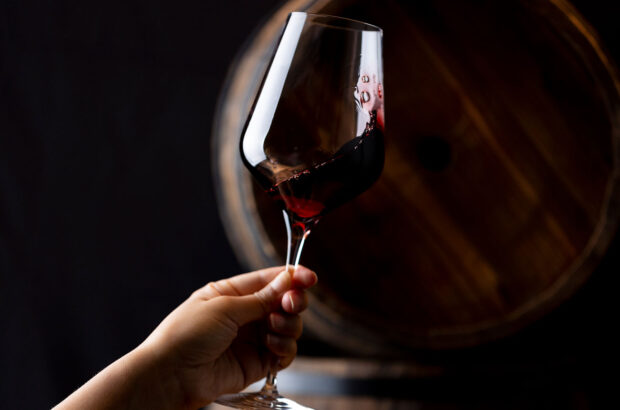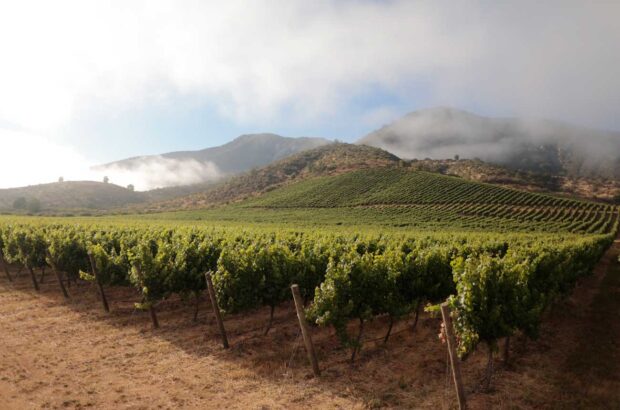A varied but impressive set of results for the often overlooked Garnacha, proving that there are many good things to say about this diverse Spanish wine. See the best rated wines here.
With 78% of wines recommended, this was a solid tasting that showed Spanish Garnacha’s diversity and quality from all corners of Spain, with Méntrida the star.
This was a key Decanter panel tasting for Spain because Garnacha ‘is one of its historic varieties which has been unfairly overlooked’, began Sarah Jane Evans MW. ‘I think that’s partly because Garnacha has a reputation for being alcoholic, oxidising easily and not ageing well. So there were lots of negatives piled up against it.’
But what this tasting showed, she said, was that there were so many good things to say about Garnacha. ‘When it is at its best, it has this amazing aromatic fruit. On the palate, I found a lovely orange peel character with red fruits too and good freshness. Also there was lots of diversity.’ With such a range of wines across price points, regions and vintages, quality was bound to be variable. And so it proved.
Nevertheless, our judges were broadly impressed by what they tasted. According to Pierre Mansour, there was ‘quite a handful of disappointing wines, a good amount of really solid wines, and several which were really exquisite.
‘Some of that variation in quality is because Garnacha is very sensitive to yield and to where it is grown,’ he continued. ‘So part of the excitement is that it conveys a real sense of place. I also think the winemaking was generally very high quality.’
That sentiment chimed with Pedro Ballesteros Torres MW, who commented: ‘With only about four exceptions, there wasn’t an excess of winemaking. Very few wines were oaky. When you are dealing with wonderful raw material, don’t destroy it. Fortunately, that didn’t happen very often today.’ Mansour noted three distinct wine styles in the tasting. ‘The first tended to be deep in colour, quite flamboyant with lots of flavour and were very impressive wines. The second style was more fine, delicate and scented. And the third style comprised solid, refreshing wines from cooler climates with lovely vibrancy, succulence and fruitiness. Many of these are not expensive and represent good value.’







